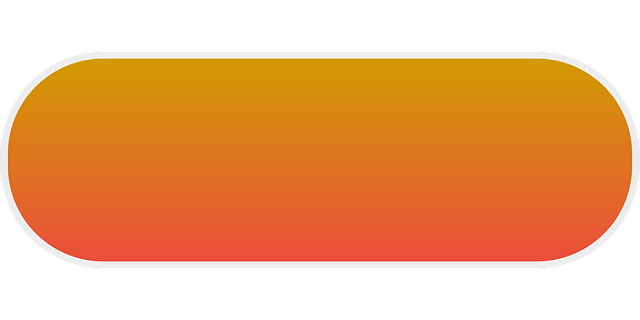In today's digital era, AI competitor price tracking tools powered by Artificial Intelligence (AI) and Machine Learning (ML) help businesses gain a strategic advantage. These tools analyze real-time data from online marketplaces, social media, and industry reports to monitor competitors' pricing strategies, identify market trends, and optimize pricing models. By leveraging AI/ML algorithms that learn from historical data and predict future patterns, companies can stay ahead of dynamic price fluctuations and maintain their competitive edge. The development process involves defining objectives, acquiring high-quality data, preprocessing it, exploring ML models, cross-validating, optimizing hyperparameters, and evaluating performance using metrics like accuracy, precision, recall, and F1-score.
“Unleash your business’s full potential with AI and machine learning, especially through cutting-edge AI competitor price tracking tools. In today’s dynamic market, understanding and leveraging these technologies can offer a significant edge. This article guides you through the essentials of AI and Machine Learning for businesses, focusing on competitor price tracking. We’ll explore effective model development steps, powerful techniques, and strategic integration methods to help your business stay ahead of the curve.”
- Understanding AI and Machine Learning for Business Competitor Price Tracking
- Developing an Effective AI Model: Steps and Techniques
- Integrating AI Competitor Price Tracking Tools into Your Business Strategy
Understanding AI and Machine Learning for Business Competitor Price Tracking

In today’s digital era, businesses are increasingly leveraging AI competitor price tracking tools to gain a strategic edge. Artificial Intelligence (AI) and Machine Learning (ML) offer powerful capabilities to analyze vast amounts of data from various sources, including online marketplaces, social media, and industry reports. By employing these technologies, companies can automatically monitor and track their competitors’ pricing strategies in real-time. This enables them to quickly identify market trends, make data-driven decisions, and optimize their own pricing models for enhanced competitiveness.
Understanding AI and ML is crucial for effective AI competitor price tracking. These tools use advanced algorithms to learn from historical data, predict future patterns, and adapt to changing market conditions. By training models on past pricing data, businesses can uncover hidden insights, detect anomalies, and anticipate their competitors’ moves. This proactive approach allows companies to stay ahead of the curve, ensuring they maintain a strong position in the market despite dynamic price fluctuations.
Developing an Effective AI Model: Steps and Techniques

Developing an effective AI model for business applications, such as competitive price tracking, involves a structured approach. First, define clear objectives and gather high-quality data relevant to your specific use case. Preprocessing this data is crucial—cleaning it, handling missing values, and transforming it into a suitable format for machine learning algorithms.
Next, experiment with various models, including supervised, unsupervised, or reinforcement learning techniques. Train and validate these models using cross-validation strategies. Regularly assess performance metrics like accuracy, precision, recall, and F1-score to identify the best-performing model. Fine-tune hyperparameters to optimize its efficiency, and remember to compare results against existing AI competitor price tracking tools to ensure your model offers a competitive edge.
Integrating AI Competitor Price Tracking Tools into Your Business Strategy

In today’s competitive market, staying ahead of the curve is essential for any business. Integrating AI competitor price tracking tools into your strategy can provide a significant edge. These advanced tools leverage machine learning algorithms to monitor and analyze pricing strategies employed by your competitors in real-time. By doing so, they offer valuable insights into market trends, helping businesses make data-driven decisions that optimize pricing and enhance overall competitiveness.
AI competitor price tracking tools enable users to track not only the prices of their direct rivals but also those of niche players within specific industries. This comprehensive view allows for strategic adjustments, ensuring your business maintains a competitive edge without constantly playing catch-up. The dynamic nature of these tools means they can adapt to market shifts, providing ongoing support for businesses aiming to stay at the forefront of their industry.
AI competitor price tracking tools are transforming how businesses stay ahead in a dynamic market. By understanding the fundamentals of AI and machine learning, developing robust models, and strategically integrating these tools, companies can gain valuable insights into their competitors’ pricing strategies. This enables them to make informed decisions, optimize their own pricing, and maintain or increase market share. Embracing AI competitor price tracking is no longer an option but a necessity for businesses aiming to thrive in today’s data-driven landscape.
